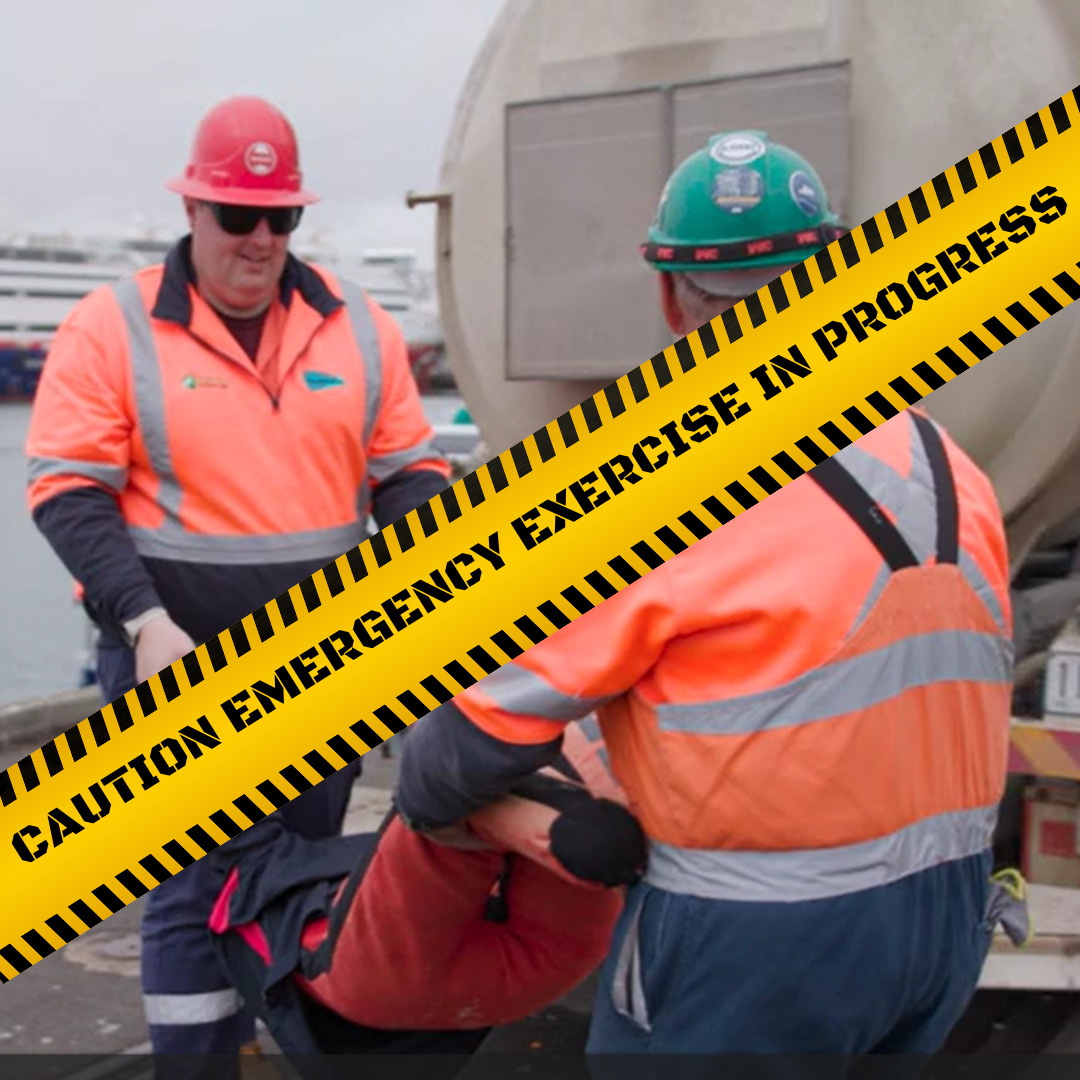In an unpredictable world, preparedness is key. Whether it’s a natural disaster, a public health crisis, or a workplace emergency, having a well-structured Emergency Management Plan (EMP) can mean the difference between chaos and control. An EMP is a comprehensive document that outlines how individuals and organisations should respond to various emergencies. In this blog, we’ll explore the key components of an effective Emergency Management Plan.
- Risk Assessment
Before creating an EMP, it’s crucial to understand the potential risks and hazards that could affect your organisation or community. This typically involves identifying natural disasters like earthquakes, floods, or wildfires, as well as human-made threats like chemical spills or acts of violence. Understanding these risks is the foundation upon which your plan will be built. - Leadership and Responsibilities
Every EMP needs a clear chain of command. This section should outline the roles and responsibilities of key personnel during an emergency. It defines who has the authority to make decisions and coordinate the response efforts. The structure might include an Incident Commander, Emergency Operations Center (EOC) staff, and various department heads or team leaders. - Communication
Effective communication is the linchpin of any emergency response plan. It is essential to establish a communication system that connects all stakeholders. This system should include multiple channels, such as two-way radios, cell phones, and landlines, and should specify how information will flow between leaders, staff, and external partners. It should also outline protocols for disseminating critical information to the public and the media. - Evacuation and Shelter Plans
If an emergency requires evacuations or sheltering in place, the EMP must detail the procedures and routes to follow. Evacuation plans should include designated meeting points, transportation arrangements, and assembly areas. Sheltering plans should specify safe locations, supplies, and any necessary medical provisions. - Resource Management
Resource management involves identifying the tools, equipment, and supplies necessary for emergency response. This section should detail how resources will be acquired, distributed, and tracked during an emergency. It might also outline how volunteers or outside agencies will be integrated into the response. - Training and Exercises
Regular training and exercises are essential for ensuring that everyone understands their roles and responsibilities in an emergency. The EMP should specify the frequency and type of training that staff will receive and how often drills will be conducted. These drills should simulate real-life scenarios and assess the effectiveness of the response plan. - Continuity of Operations
Maintaining essential functions during and after an emergency is vital for organisations. The EMP should include a section on business continuity, detailing how critical processes will be sustained. This may involve relocating operations, having backup systems in place, or prioritising certain tasks. - Recovery and Restoration
Once the immediate response to an emergency is over, the recovery phase begins. This part of the EMP should outline the steps for returning to normal operations. It covers damage assessment, rebuilding, and ensuring that employees and the community receive the necessary support to cope with the aftermath. - Documentation and Record-Keeping
Accurate record-keeping is crucial for accountability and future improvements. The EMP should specify the types of documentation required, including incident logs, after-action reports, and any legal or regulatory compliance records. - Review and Update Process
An EMP is not a static document. It should be reviewed and updated regularly to ensure it remains relevant and effective. This section of the plan outlines the process for evaluating its performance, making necessary adjustments, and incorporating lessons learned from previous emergencies.
An Emergency Management Plan is a dynamic roadmap that guides organisations and communities through crisis situations. It encompasses risk assessment, leadership and responsibilities, communication, evacuation and shelter plans, resource management, training, continuity of operations, recovery and restoration, documentation, and a structured process for review and updates. Having a comprehensive EMP in place ensures that when emergencies arise, you are well-prepared to navigate the challenges and protect the safety and well-being of your people.
When it comes to preparing an effective Emergency Management Plan (EMP), your organisation deserves a partner with a proven track record of excellence. Resilient Services is your trusted solution for comprehensive EMP development. Our experienced team combines in-depth risk assessment, expert leadership, precise communication strategies, and detailed evacuation plans to create a tailored EMP that safeguards your people and assets. With a strong focus on resource management, training, continuity of operations, and robust recovery measures, we ensure your organisation is ready to face any challenge. Our commitment to meticulous documentation and a well-defined review and update process guarantees your EMP stays relevant and compliant. Choose Resilient Services and empower your organisation with the resilience it needs for a secure future.




